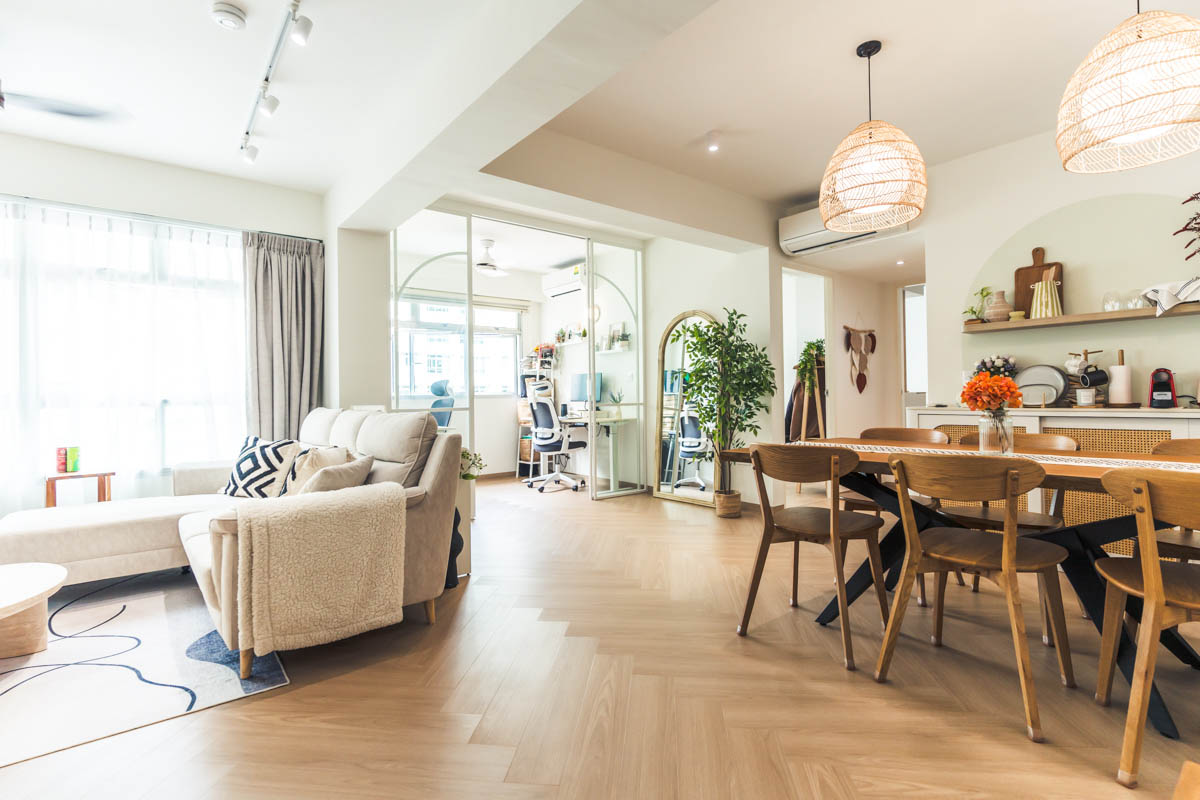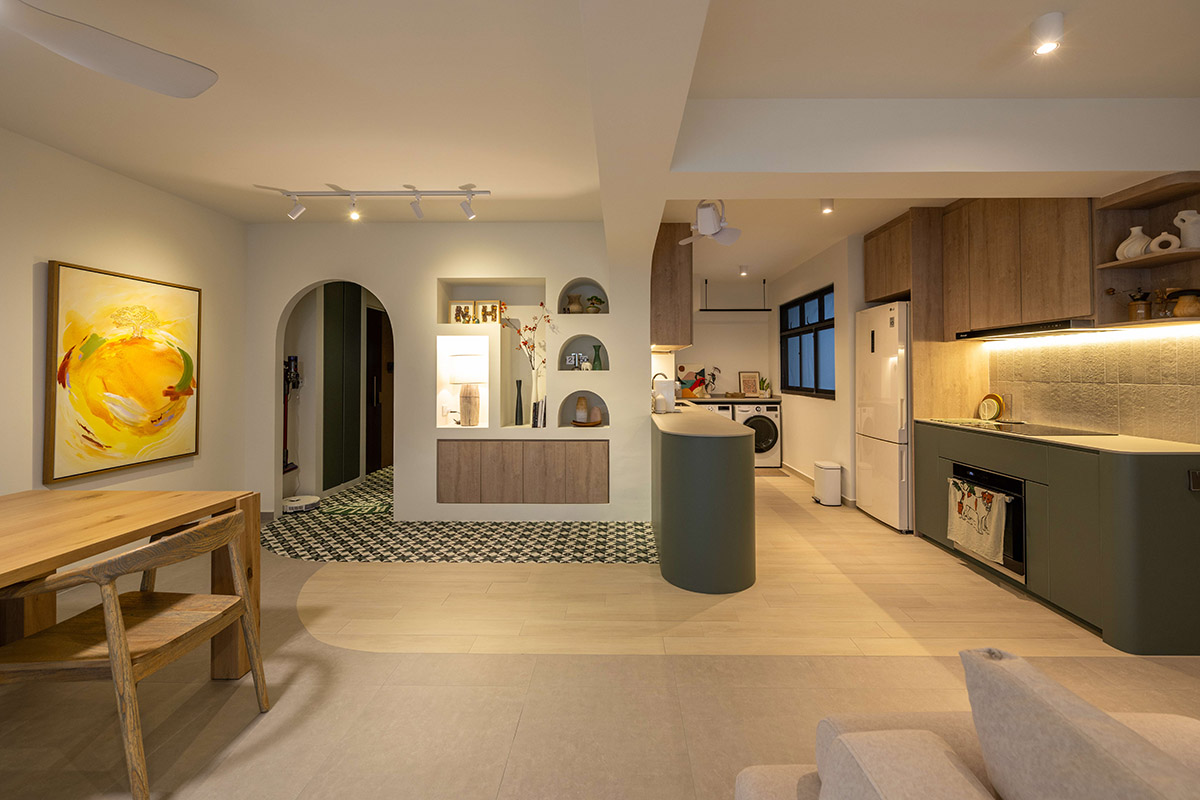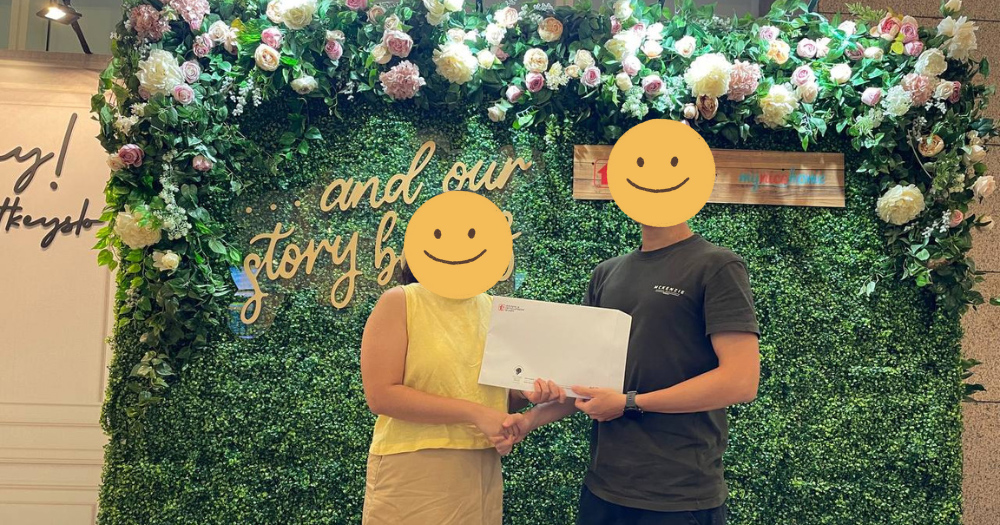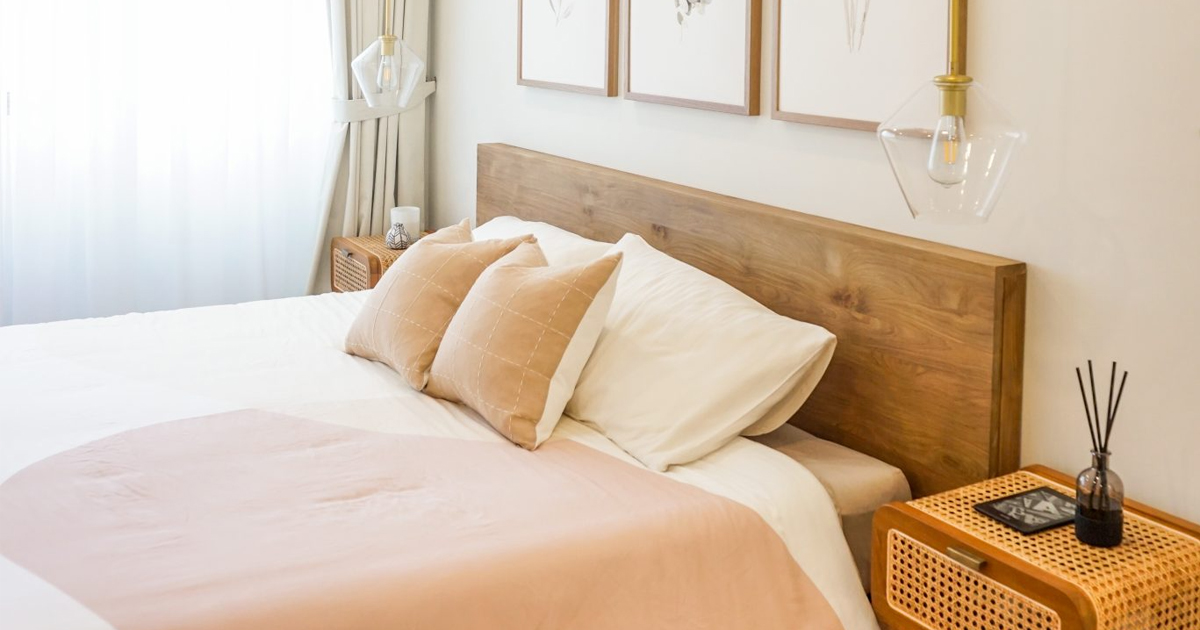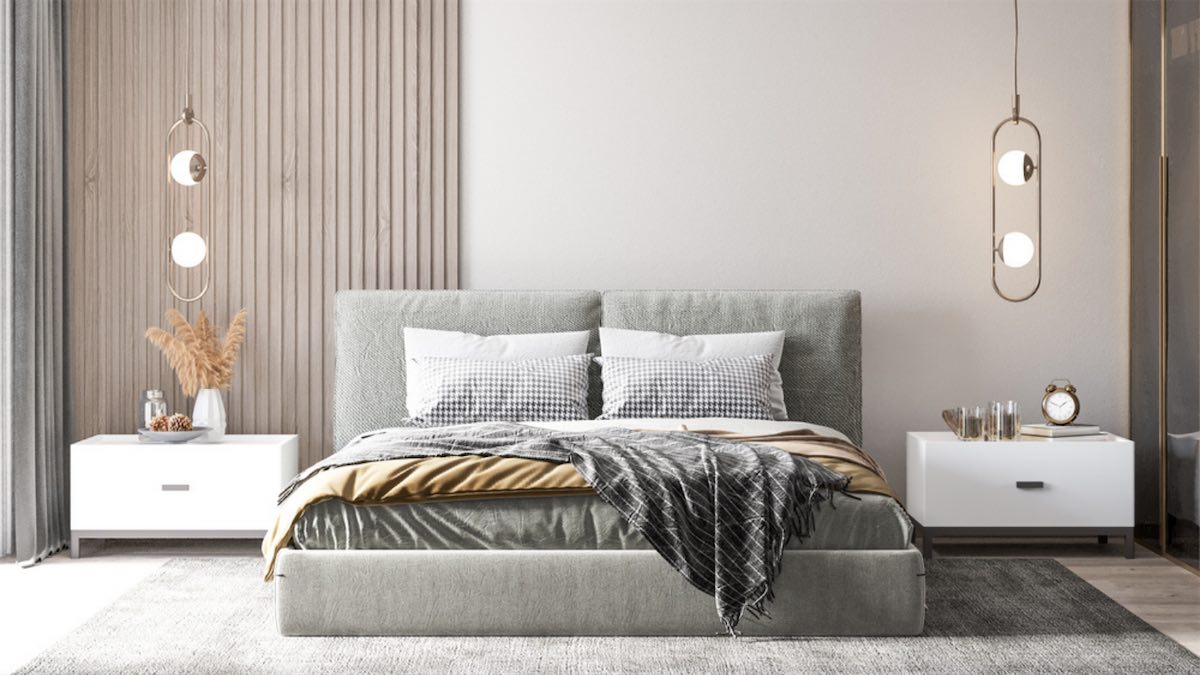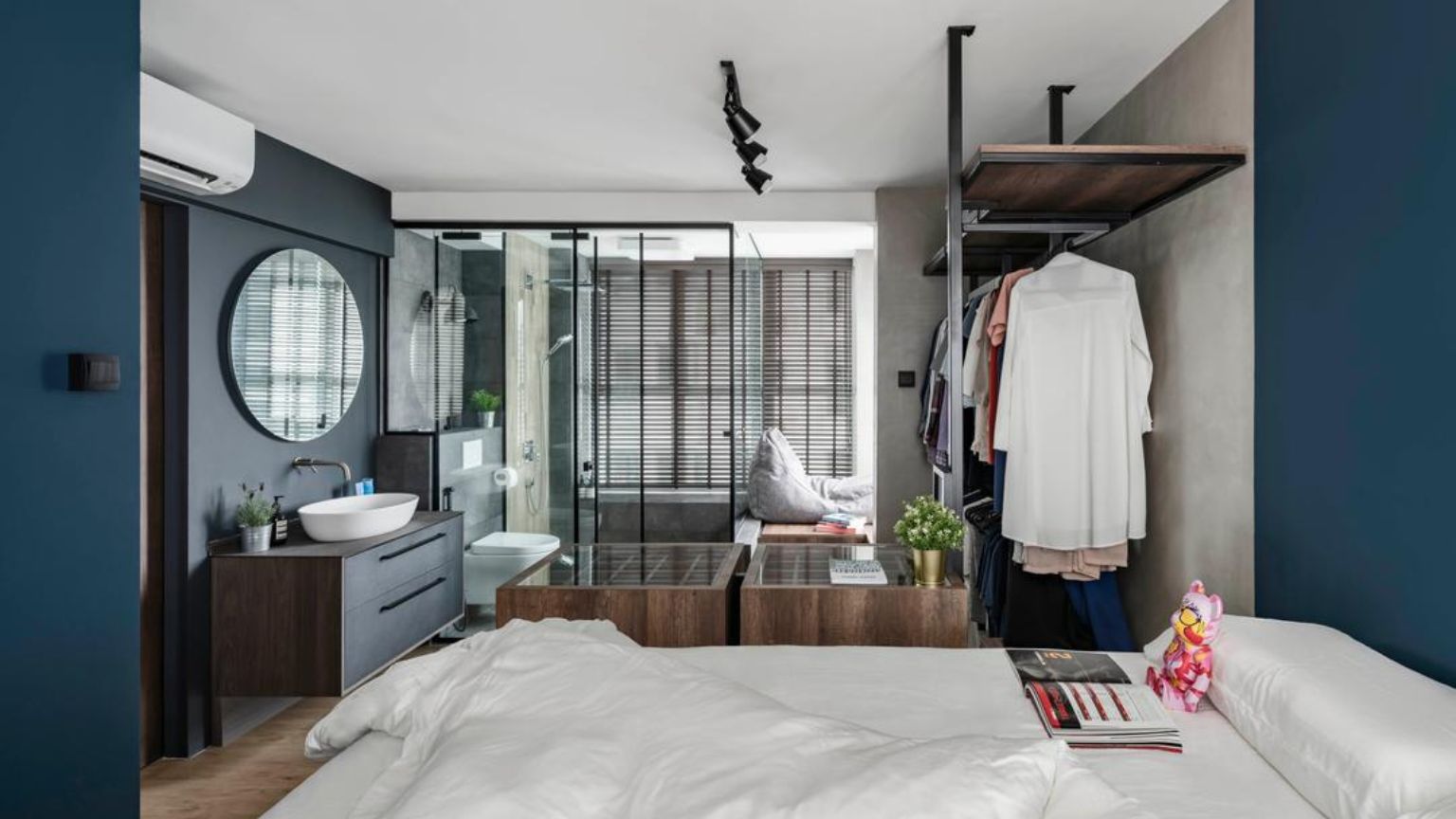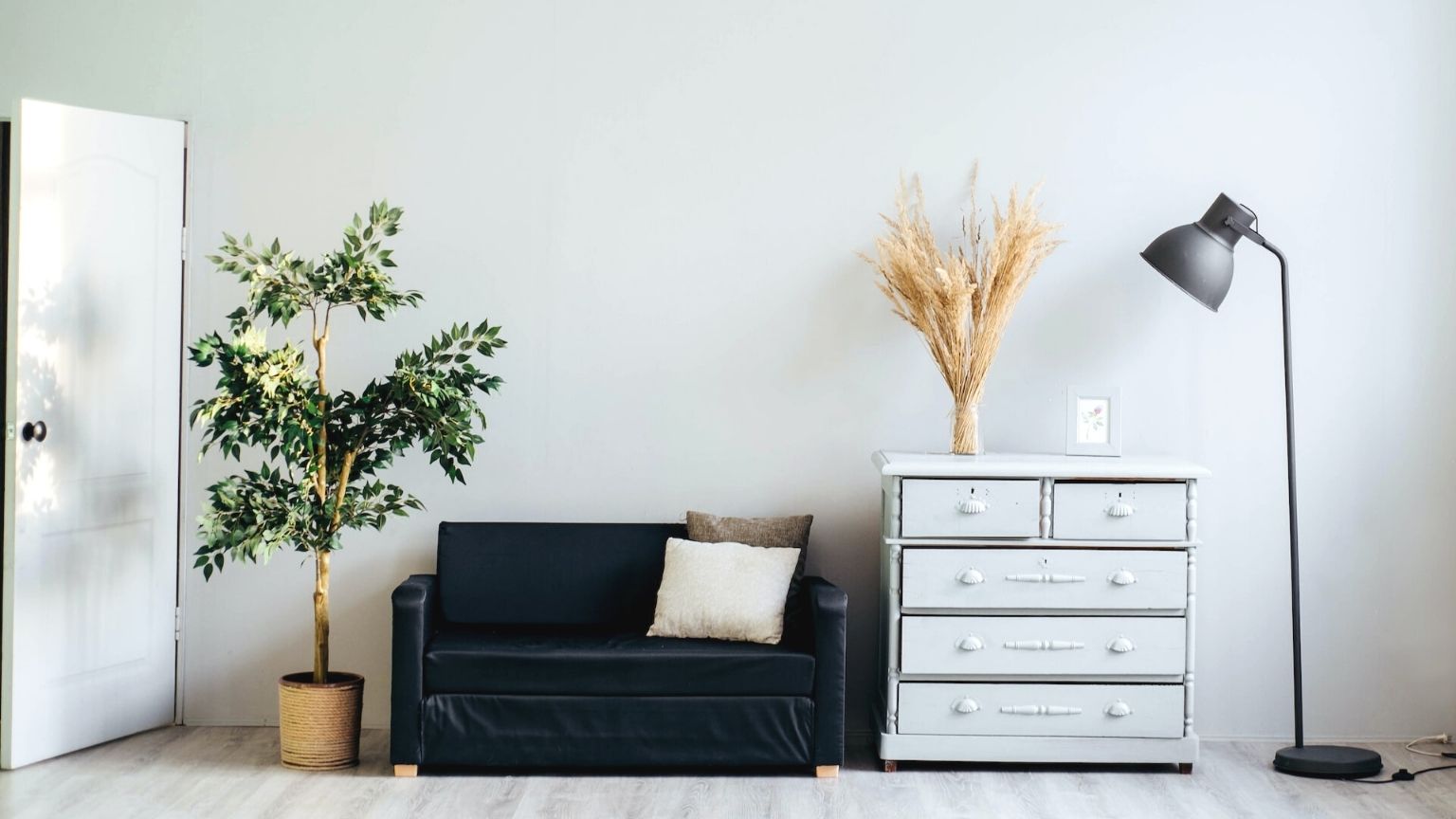Houseplants are a must-have for any new home these days. And if you are celebrating Chinese New Year, now is the time to spiff up your home with a pot or two.
But if you have never flexed your green fingers before and are afraid your plants would die on you, no problem! We answer some of the most commonly asked questions by beginners, and show you how easy it is to nurture your plants and go on to grow your own indoor garden.
Where do I buy new plants?
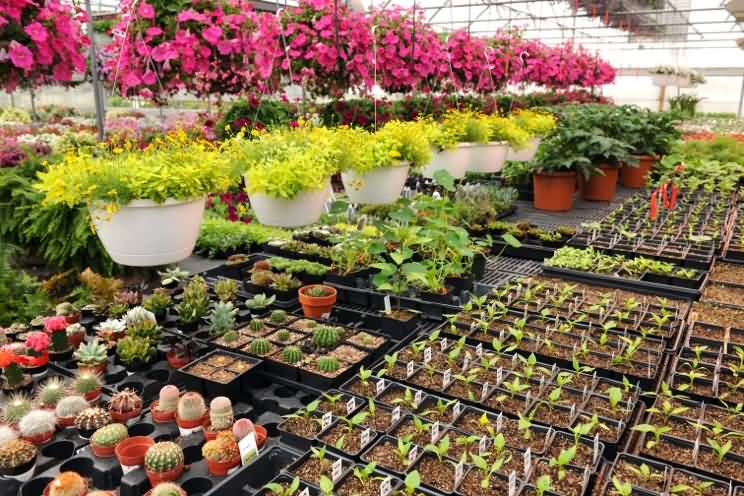
For the widest variety of plants, take a drive out to the nurseries all around our sunny island. Take your pick from the large range of cacti, succulents, annuals and perennials that thrive in our tropical climate.
The cluster of nurseries near Choa Chu Kang town is a personal favourite weekend haunt, and one of the biggest in Singapore. Folks living in the north may find it more convenient to visit the nurseries at Bah Soon Pah Road, while a central option would be the nurseries along Thomson Road.
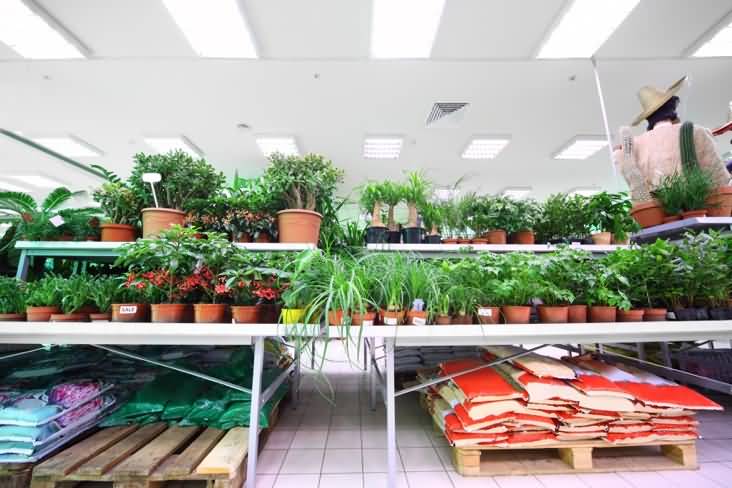
Many supermarkets also offer plants for sale – you can often find typical potted houseplants such as the pothos or dumbcane going at relatively low prices. You could chance upon less common varieties such as the monstera adansonii too.
How do I choose plants?
Starting your garden with healthy plants is the best way to keep your gardening passion going. Stressed plants often do not survive, and will die quickly despite all your tender loving care.
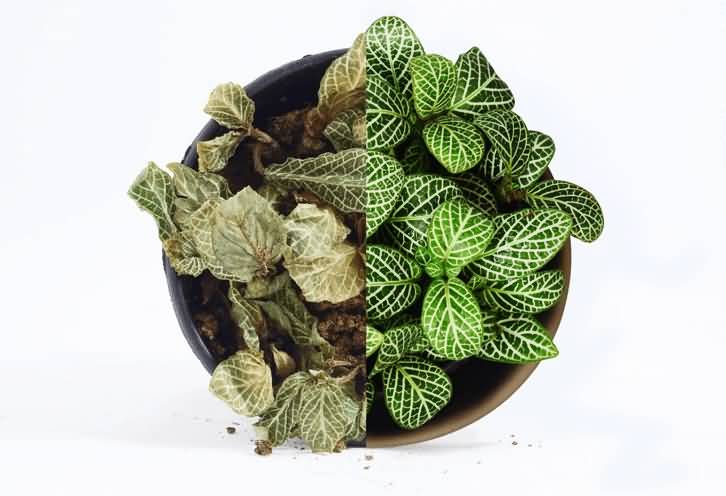
Go for plants with shiny green foliage, and avoid those with yellowing or browning leaves. Curled or droopy leaves are also signs that the plant is stressed due to various possible reasons such as a lack of water or nutrients.
Evaluate the stems too – you want multiple stocky stems, rather than tall leggy ones which are often a sign of overcrowding or neglect.
Another tip is to look out for growth! A plant with new unfurling leaves and compact buds tend to be healthier than plants with fallen petals or weeds in the soil mix.
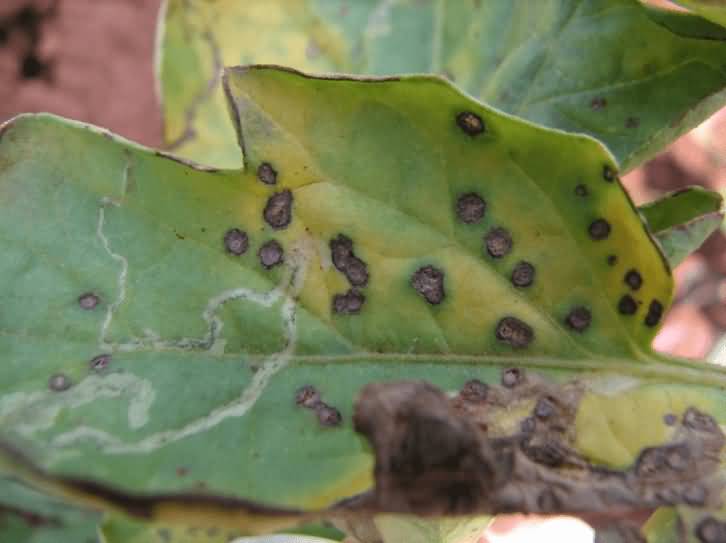
Finally, inspect carefully for any signs of pests or diseases. Hold the plant up to the light and check both sides of its leaves, stems and the potting soil. Avoid plants with black deposits and spots or discolouring on its leaves, which could be due to insects or fungi. Holes and mushy or sticky parts on the plant are also symptoms of ill health.
Do I need to re-pot my new plants right away?
This depends on the condition of your new plants. In general, plants should go with pots that are just right in size.

Overly small pots lead to tangled roots, which you might notice growing through the bottom of the pot. Tangled roots may suggest that the plant has become pot-bound and has not been getting enough soil nutrients. Re-potting the plant in a bigger container might be preferable in this case. Nonetheless, there are some exceptions including popular plants like the asparagus fern, spider plant and Boston fern, which may do better being root-bound.
On the other hand, plants in overly big pots may not be able to fully absorb all the moisture in the soil, which could lead to root rot and diseases.


